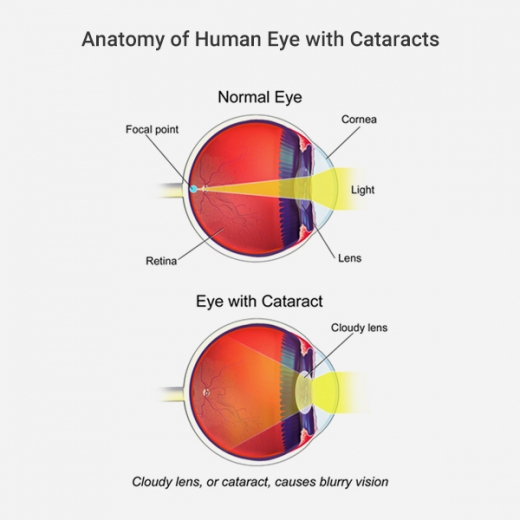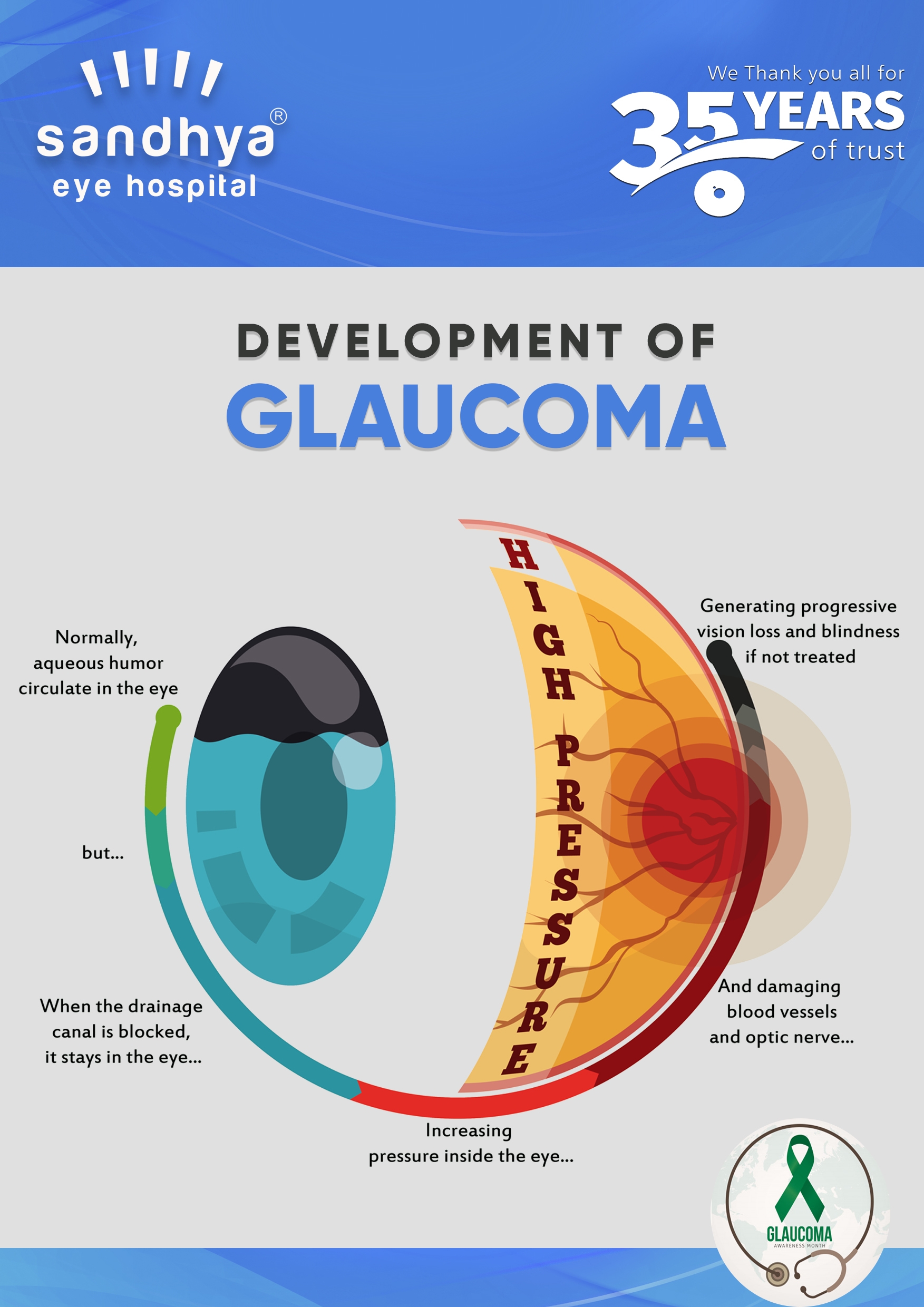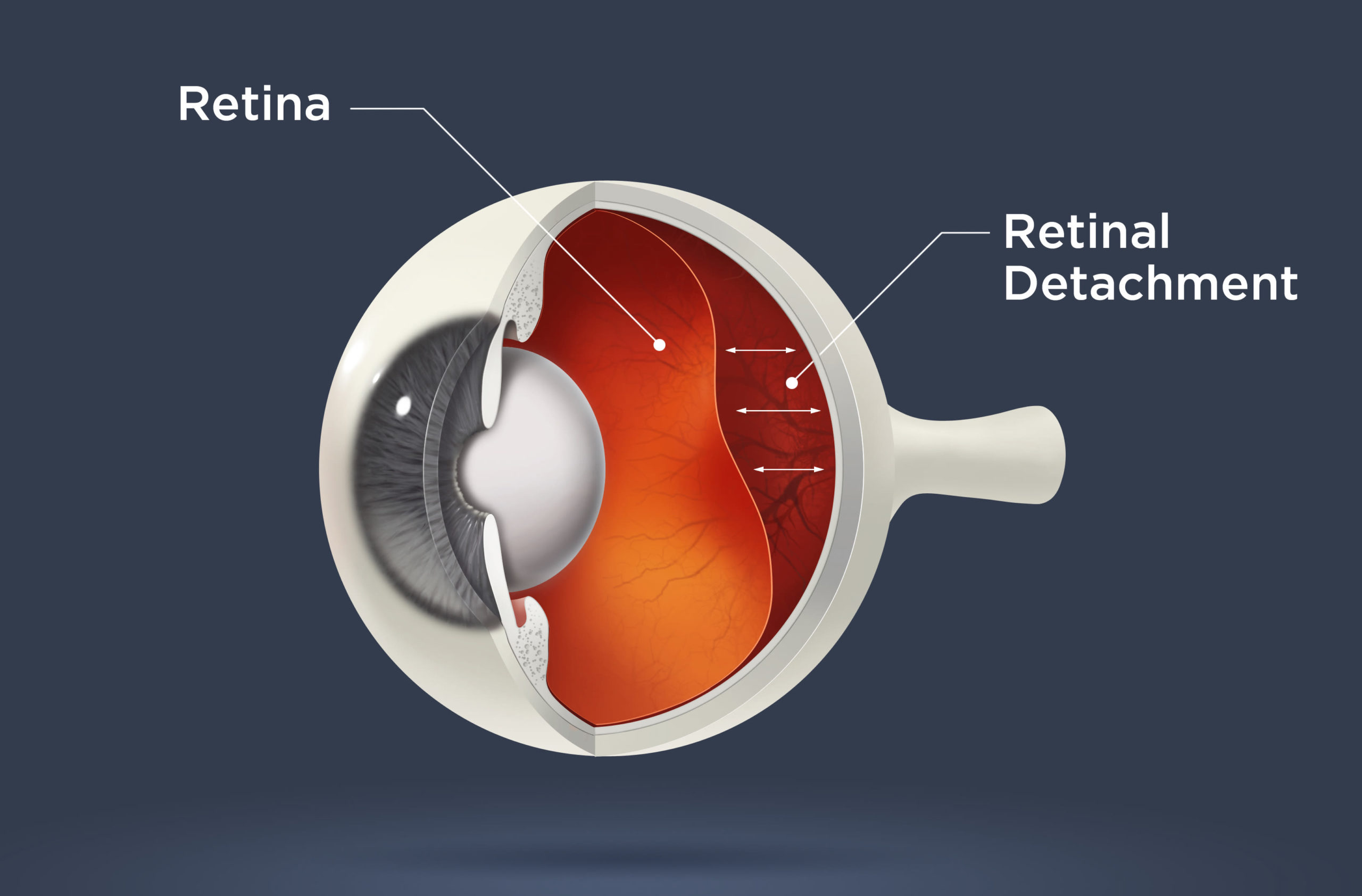SQUINT
What is Squint?
Squint is the malalignment of the eyes. In this condition, the eyes are pointed in different directions. This can occur in any direction: inward, outward, upwards or downwards, depending on the underlying pathology. Squint can be present constantly or can be compensated by the eye and uncovered only on special occasions or when certain tests are performed. Squint usually occurs in young children but it can develop at any age.
Since two different neural signals are being sent to the visual part of the brain due to the perception of two different visual images by the eyes, the brain accommodates by adapting itself to inhibit the signals of one eye. This leads to a condition called amblyopia or lazy eye. Unfortunately, this condition occurs early in childhood, and once set it is not only permanent, it can even lead to permanent visual loss.

Causes of Squint
- Paralysis of the muscles of the eyes due to various conditions ranging from injury to autoimmune diseases
- Hereditary
- Refractive errors
- Other eye pathologies like cataracts, glaucoma, tumors of the eyes and retinal pathologies
Symptoms of Squint
- The eyes point towards two different directions
- Double vision due to two different axes of the eyes
- Movement of the eyes may be limited in a certain direction in case of paralytic squint
- Tilting of the head is a common sign; this is done involuntarily as compensation for the two different visual signals
- Refractive errors can occur in a few patients
- Nausea and vomiting can occur in certain patients due to the uncomfortable sensation of two different images and the associated confusion due to such a phenomenon
Examination to diagnose and monitor Squint
A large degree of squint sometimes is diagnosed by inspection. Movements of the eyes both independently and coordinated should be checked to diagnose underlying paralysis or other causes of restriction of movements.
- Cover test in which the doctor will alternatively cover and uncover your eyes to check for any underlying squint which manifests only when one eye is open
- Examination to check the pupil, the retina and the optic nerve to rule out other causes of squint
Treatment for Squint
Treatment of squint is done mainly for 3 different reasons – cosmesis, to improve visual sharpness, and maintaining a single vision using both eyes. Your doctor might advise surgery if required but other treatment options include:
- Usually, squint is associated with refractive errors which can be corrected with spectacles or contact lenses.
- Exercises for the eye to better control and coordinate eye movements can be taught and have been successful in correcting the defect in certain cases.
- Botulin injections, commonly used as an anti-wrinkle therapy can be used on the muscles. This weakens the muscle’s strength and can correct the defect. However, the effect lasts only around 3 months.
- Correction of amblyopia is done by prescribing eye patches.
Surgery for squint usually entails a procedure that lasts around an hour. You or your child will be put under general anesthesia and an instrument called a lid speculum will be used to open up your eye. The appropriate muscle in the back of your eye will be cut and slightly moved to a different place. This is done to correct the defect and the muscle will be sutured with dissolvable stitches and will be behind your eye and out of your sight. Immediate return to daily activities is expected and very rarely would you or your child require a second step of corrective procedure.
Squint affects patients in many ways, from cosmetic issues to vision loss, therefore appropriate treatment is very important to correct the pathology.
Warning: Undefined variable $ins_bg_color in /home2/sandhobb/public_html/wp-content/plugins/inotura-vc-elements/vc_template/VC_service-box.php on line 594
Warning: Trying to access array offset on value of type bool in /home2/sandhobb/public_html/wp-content/plugins/inotura-vc-elements/vc_template/VC_service-box.php on line 648
Warning: Trying to access array offset on value of type bool in /home2/sandhobb/public_html/wp-content/plugins/inotura-vc-elements/vc_template/VC_service-box.php on line 690

Cataract Surgery
Warning: Undefined variable $ins_bg_color in /home2/sandhobb/public_html/wp-content/plugins/inotura-vc-elements/vc_template/VC_service-box.php on line 594
Warning: Trying to access array offset on value of type bool in /home2/sandhobb/public_html/wp-content/plugins/inotura-vc-elements/vc_template/VC_service-box.php on line 648
Warning: Trying to access array offset on value of type bool in /home2/sandhobb/public_html/wp-content/plugins/inotura-vc-elements/vc_template/VC_service-box.php on line 690

Glaucoma
Warning: Undefined variable $ins_bg_color in /home2/sandhobb/public_html/wp-content/plugins/inotura-vc-elements/vc_template/VC_service-box.php on line 594
Warning: Trying to access array offset on value of type bool in /home2/sandhobb/public_html/wp-content/plugins/inotura-vc-elements/vc_template/VC_service-box.php on line 648
Warning: Trying to access array offset on value of type bool in /home2/sandhobb/public_html/wp-content/plugins/inotura-vc-elements/vc_template/VC_service-box.php on line 690


